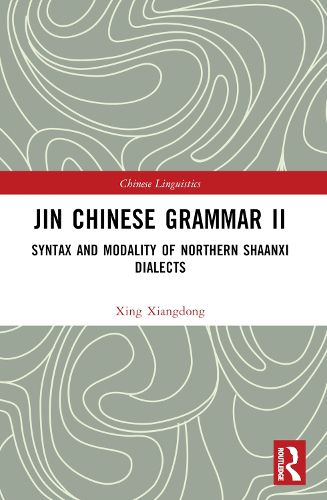Readings Newsletter
Become a Readings Member to make your shopping experience even easier.
Sign in or sign up for free!
You’re not far away from qualifying for FREE standard shipping within Australia
You’ve qualified for FREE standard shipping within Australia
The cart is loading…






This book is the second volume of a two-volume set that synchronically and diachronically studies the Jin dialect of Northern Shaanxi Province in China, with a focus on six grammatical features of the dialect. The Jin dialect of Northern Shaanxi is one of the most ancient, complicated, and representative dialects of the Yellow River region and figures prominently in our understanding of the Jin dialect and northern Chinese dialects as a whole. The book looks into the following six aspects of the dialect: subjunctive mood, expressions of complex sentence relationships, embedded sentence patterns, complex interrogative sentences, the formation of imperative modal particle "zhe", and the phonetic variation of grammatical constituents. In the final chapter, the author discusses the significance of diachronic comparison as the research method for studying Chinese dialectal grammar. The book will be a useful reference for scholars and students interested in Jin dialects, Chinese dialects, and Chinese linguistics.
$9.00 standard shipping within Australia
FREE standard shipping within Australia for orders over $100.00
Express & International shipping calculated at checkout
This book is the second volume of a two-volume set that synchronically and diachronically studies the Jin dialect of Northern Shaanxi Province in China, with a focus on six grammatical features of the dialect. The Jin dialect of Northern Shaanxi is one of the most ancient, complicated, and representative dialects of the Yellow River region and figures prominently in our understanding of the Jin dialect and northern Chinese dialects as a whole. The book looks into the following six aspects of the dialect: subjunctive mood, expressions of complex sentence relationships, embedded sentence patterns, complex interrogative sentences, the formation of imperative modal particle "zhe", and the phonetic variation of grammatical constituents. In the final chapter, the author discusses the significance of diachronic comparison as the research method for studying Chinese dialectal grammar. The book will be a useful reference for scholars and students interested in Jin dialects, Chinese dialects, and Chinese linguistics.